Ferrari is working on a new Dino. It has been decades since I’ve heard more exciting news emanating from Maranello, particularly as new chairman Sergio Marchionne appears determined to put one of the most evocative, coveted badges only on the right kind of car.
Ferrari has not always done great justice when recycling names from its past – think Testarossa and Mondial – but this time it appears it will be different.
So what kind of car should a new Dino be? To find the answer to that, what better vantage point than that provided by an original Dino and an open road? There is lots to be learned.
Much of it can be discovered before firing up the car’s race-derived 2.4-litre quad-cam motor, surely the most characterful V6 there ever was. You might think the Dino was a cheap Ferrari, and given that at the time of its creation it was Maranello’s first road car not to be powered by a V12 engine, I suppose it was. But it was actually the first of a new line of smaller, mid-engined sports cars, a line that leads directly to the present.
In short, the 488 GTB is now what the Dino 246GT was then. So the first lesson of history is that there is no need for a Dino to substantially undercut existing Ferrari product.
Point two is that a Dino need not be mind-bendingly quick, either. I’ve just looked on Pistonheads and the cheapest Dino 246GT for sale is priced at £280,000, far more than the most expensive new Ferrari today. And yet if you drove one against, say, a standard 2.4-litre Porsche 911S of the same era, you’d most likely find the lighter, cheaper and almost certainly no less powerful German soon disappearing into the distance.
So why are Dinos so valuable, other than the crazy state of the used exotic market these days? It’s not just because they’re beautiful, although you could count on the fingers of a hand that’s been through a blender how many Ferraris made since are better looking.
It is because they are, in all regards, seen as an essential distillation of the Ferrari spirit, a pint-sized encapsulation of Maranello magic, with the added irony that they weren’t even allowed to wear Ferrari badges.
So hook your finger behind that little chromed lever, pull open that gently curving door and join me inside a Dino as we go back to try to determine the future.In here, Ferrari iconography is everywhere, from the alloy-spoked steering wheel to the exposed gearshift gate.
The binnacle is packed with instruments – eight, if you care to count – but you notice first the rev counter and, specifically, its 7800rpm limit. That’s serious revolutions for one so old.

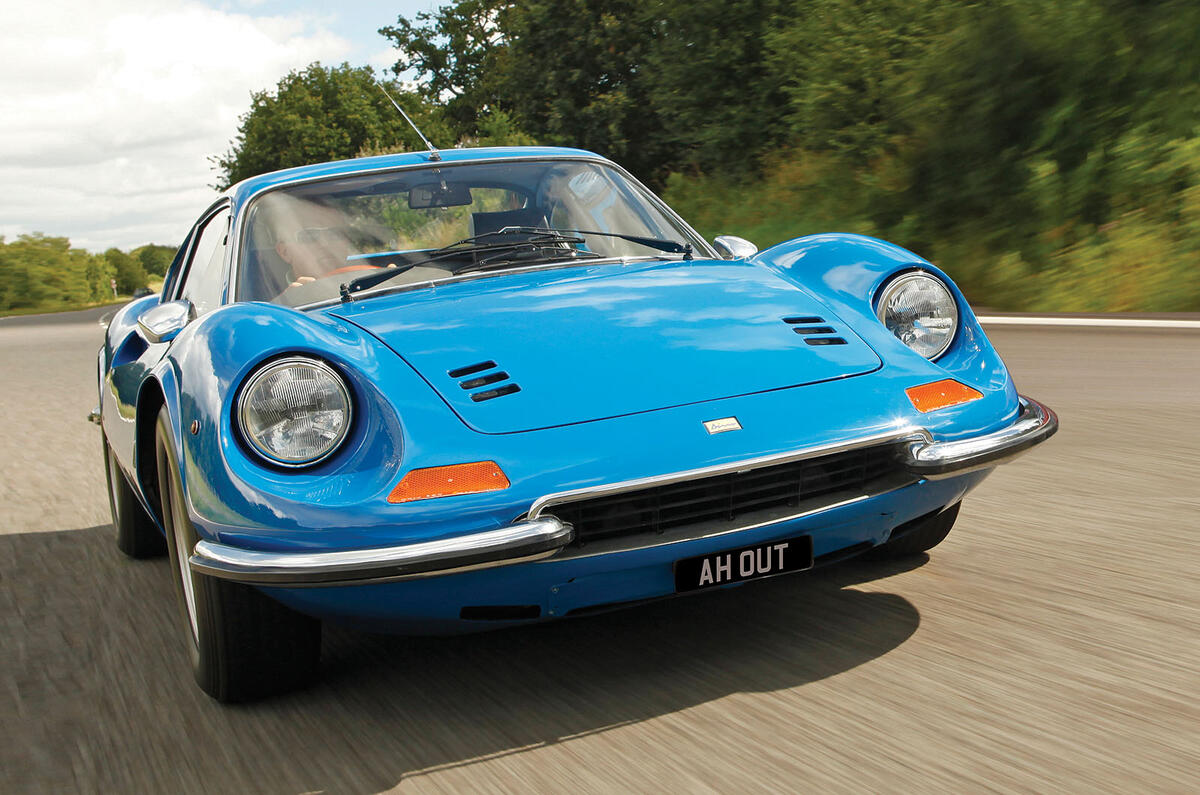
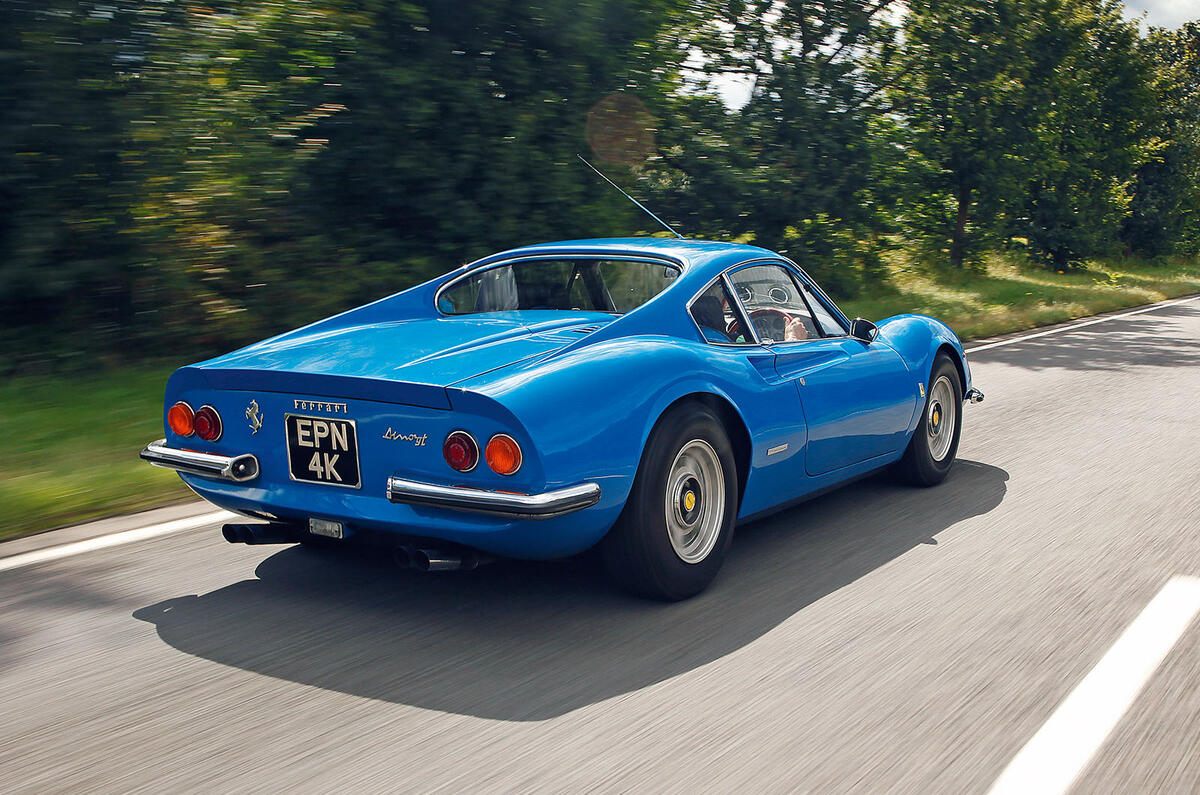

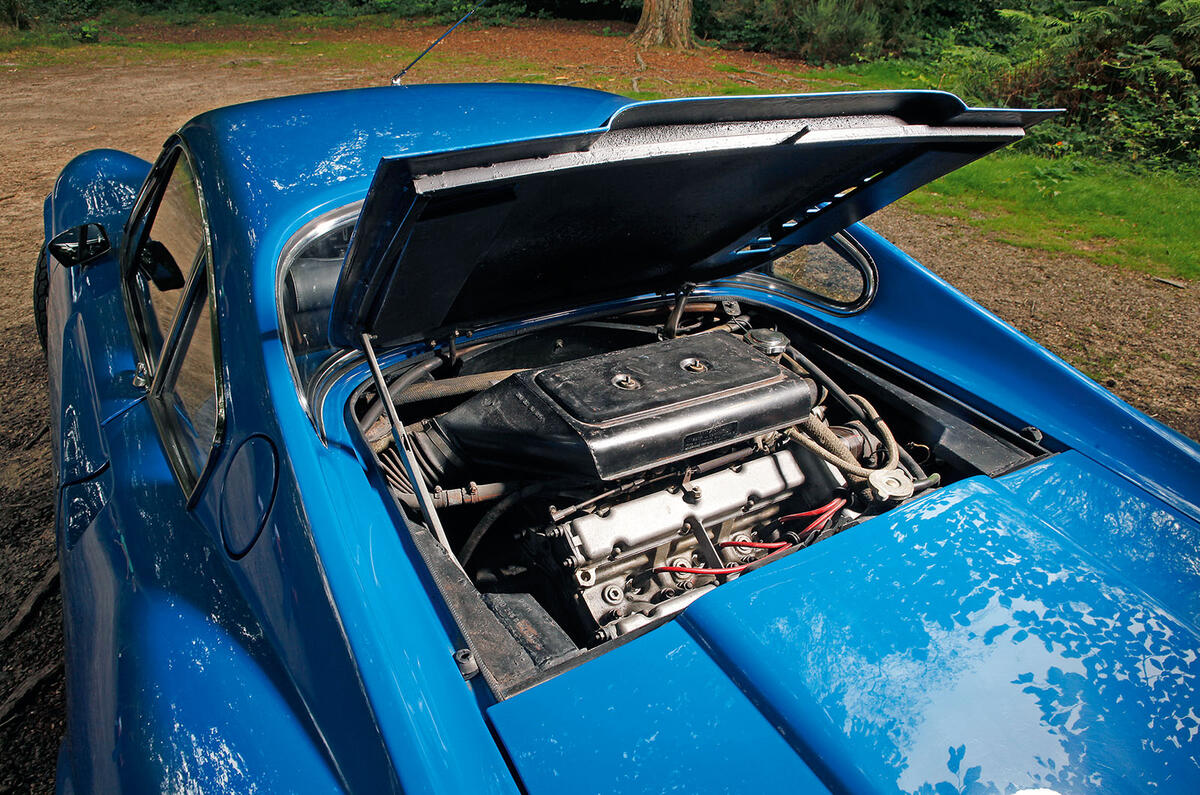
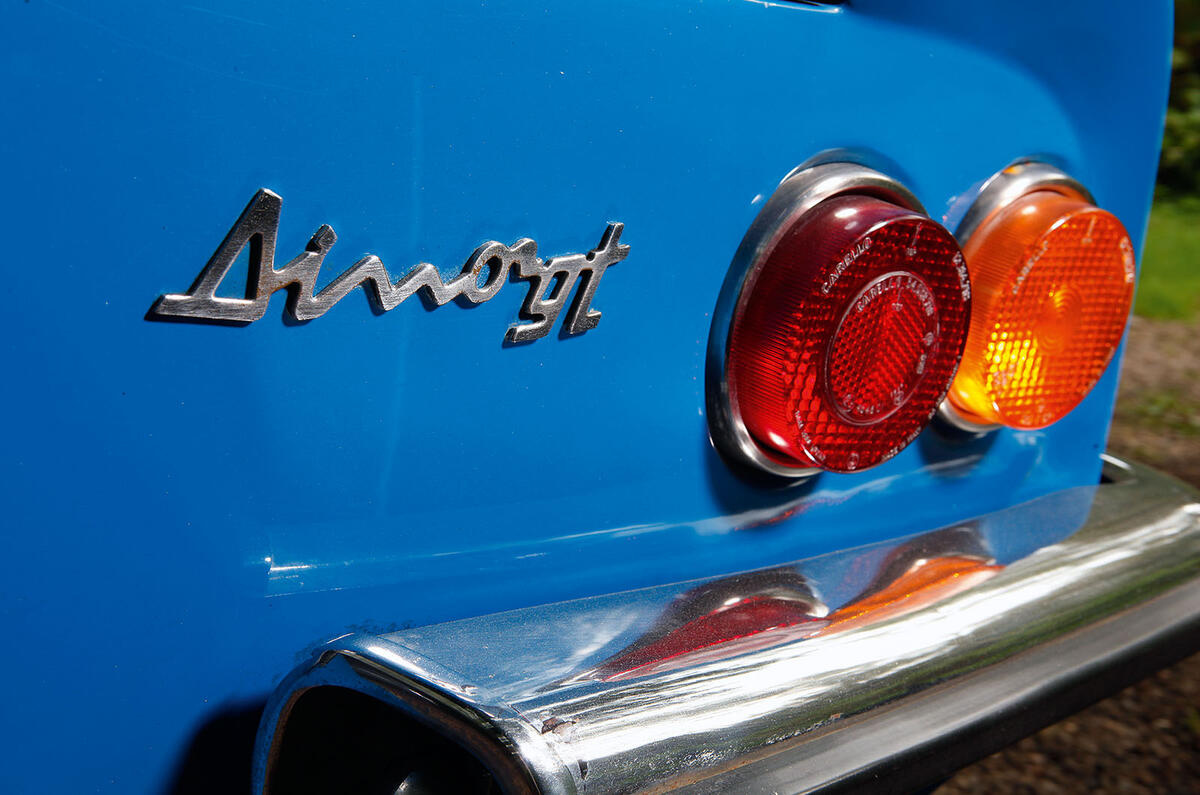
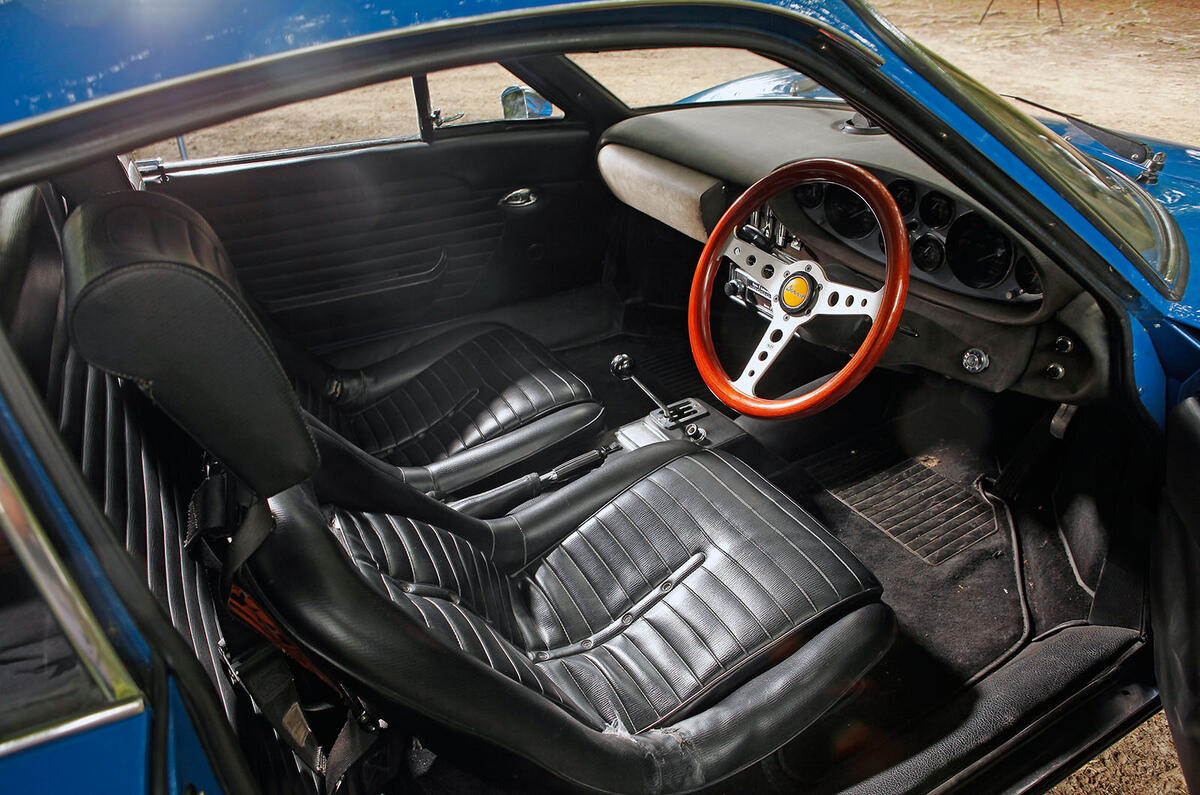

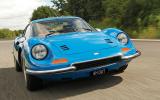

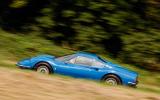
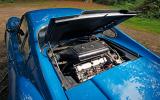
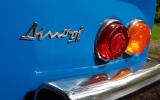
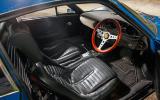
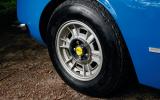



Join the debate
Add your comment
Times past
The Dino was the owner's daily driver, the Capri was his wife's car, and the 300SL was not used at all during the weeks I worked there, apparently due to a flat battery.
As a plaything, the chap also had a Kawasaki 900, when that was THE bike to own.
The house has now been replaced by a much grander residence, but the triple garage remains (current contents unknown).
Wrong assessment
.